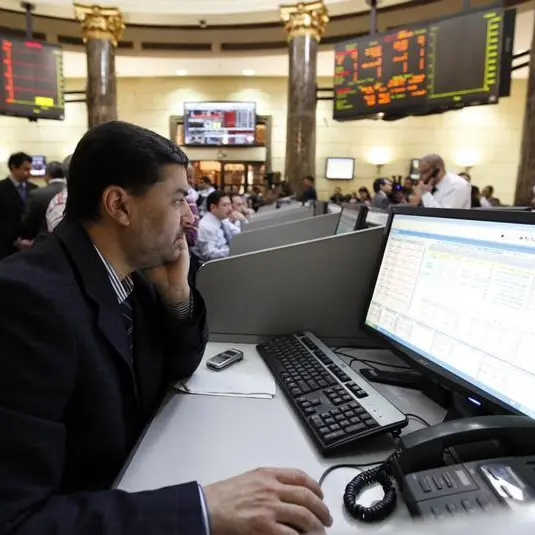Tuesday, Nov 03, 2015
Dubai: Non-oil private sector growth in the UAE eased further in October, with Saudi Arabia and Egypt, two of the region’s largest economies, registering continued declines, purchasing managers’ indices showed.
For the UAE, figures pertaining to last month showed that business conditions had improved at the least pace in two-and-a-half years. New orders fell but employment and inventories rose only modestly.
On the price front, total input costs continued to increase, while charges rose only marginally amid reports of competitive pressures.
“The October PMI data supports our view that activity in the non-oil private sector of the UAE has slowed this year, with average PMI in the first ten months of 2015 at 56.5, down from 58.1 in the same period last year,” said Khatija Haque, head of Mena Research at Emirates NBD.
“Although the impact on headline real GDP [gross domestic product] growth is partially offset by higher oil production, the latest PMI data supports our decision to revise down our 2015 growth forecast for the UAE to 4 per cent, from 4.3 per cent,” Haque said.
Emirates NBD sponsors the UAE Purchasing Managers’ Index (UAE PMI) while Markit produces it. The index is based on a comprehensive survey of non-oil private sector executives and assesses business conditions.
The PMI data showed that hiring had slowed, as evidenced by a modest rise in employment. The rate of job creation was muted in comparison with historical data and little-changed from the six-month low seen in September.
Reflective of slower growth in incoming new work, UAE non-oil private sector firms were more cautious with regards to their purchasing in October.
Growth of buying activity eased for the second month running, leading to a weaker expansion in stocks of purchases. In fact, the rate of inventory building was the slowest observed since September 2013.
Data for prices showed salaries and purchasing costs had risen more slowly in October. However, the rate of total input price inflation remained solid and quicker than the average so far in 2015.
Saudi Arabia and Egypt
Saudi Arabia’s PMI number fell to a record low last month with output, new orders and employment all rising at weaker rates. Data for prices provided a further cautionary note, however, as purchasing costs increased at the sharpest pace since July 2014. Charges rose only marginally, with competitive pressures preventing higher costs from being passed immediately onto clients.
“The October PMI data points to a slower rate of growth in the non-oil private sector as we head into the fourth quarter, which is unsurprising in the context of sharply lower oil revenues and tighter liquidity conditions,” Haque said.
The slowdown of the sector as a whole in October was partly driven by a weaker expansion in new business. Latest data showed new orders rising at the least marked rate since the series began in 2009.
October data pointed to a renewed downturn in Egypt’s non-oil private sector economy. Business conditions worsened at the quickest pace since February, having improved in three of the previous four months. Solid reductions in output and new business were the main drivers of the overall decline, while further job losses also contributed to the decline.
“October’s survey suggests that the Egyptian economy has slowed at the start of [of the fourth quarter of] 2015,” said Jean-Paul Pigat, a senior economist at Emirates NBD.
“Some of the issues that appear to be undermining output in the private sector — including problems with power supplies and the availability of FX [foreign currency] — highlight the need to implement a more concerted programme of structural reforms to boost the economy’s short and long-term outlook.”
By Babu Das Augustine Banking Editor
Gulf News 2015. All rights reserved.











